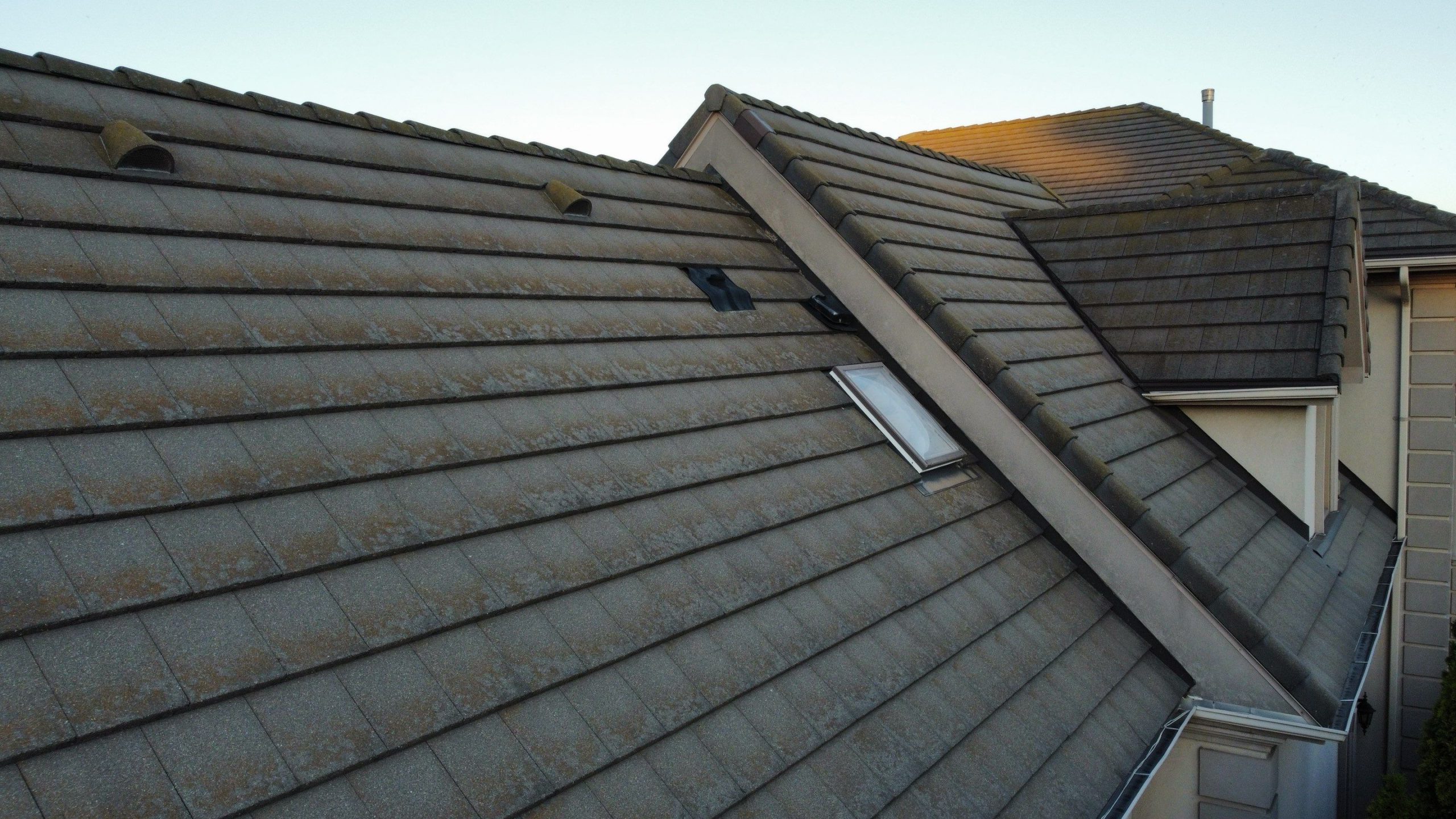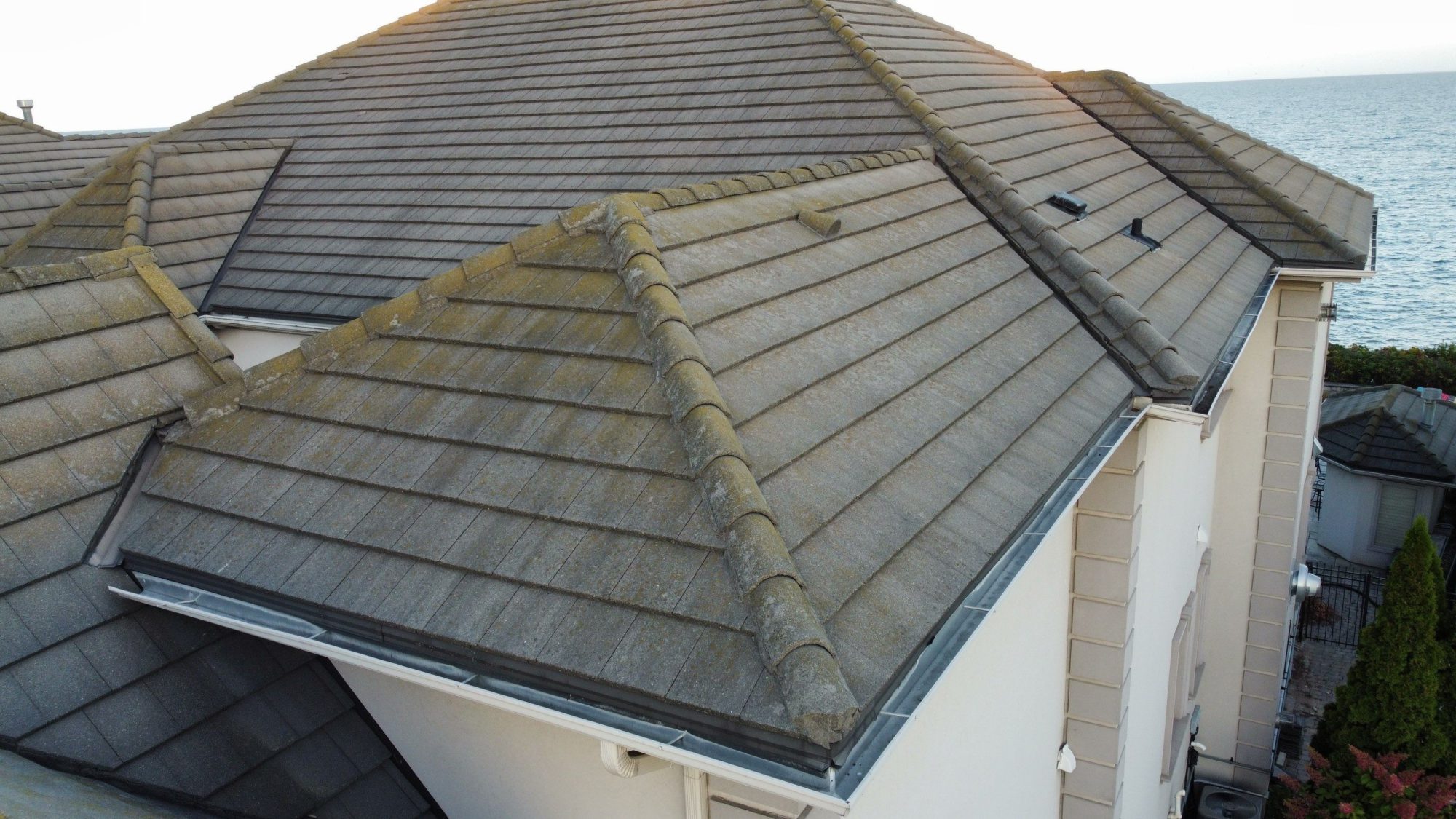The Importance and Methodology of Concrete Roof Softwash Cleaning
When it comes to maintaining the integrity and appearance of your concrete roof, regular cleaning is essential. Among the various cleaning methods available, softwashing stands out as a gentle yet highly effective approach to remove dirt, algae, moss, and other contaminants that can damage your roof over time. This article delves into the importance of softwashing, exploring its benefits, processes, and best practices to ensure your concrete roof remains in pristine condition.
Understanding Concrete Roof Contaminants
Concrete roofs are particularly susceptible to various types of organic and inorganic contaminants. Algae, lichens, and moss tend to thrive on the moisture-retentive surface of concrete tiles, especially in humid climates. These biological growths are not just unsightly but can also lead to the deterioration of roofing materials by trapping moisture and expanding cracks.
In urban and industrial settings, concrete roofs can accumulate a layer of pollutants such as soot, dust, and industrial fallout. If left untreated, these substances can cause staining and further absorb moisture, leading to structural weakening over time.
Why Choose Softwash Cleaning?
Softwashing is a cleaning method that utilizes low-pressure water spray and specialized cleaning solutions to safely remove dirt and biological material from delicate surfaces such as roof tiles. This method is in stark contrast to pressure washing, which can sometimes be too harsh for concrete roofing, leading to surface erosion or damage.
Benefits of Softwash Cleaning:
- Gentleness on Materials: Softwashing eliminates the risk of damaging the roof tiles as the water pressure used is significantly lower than that of traditional pressure washing.
- Effective Removal of Organisms: The biodegradable chemical solutions used in softwashing not only clean but also kill the spores of moss, algae, and other organisms, thereby preventing their quick recurrence.
- Longevity and Durability: By removing harmful materials and organisms from the roof, softwashing can extend the life of the roof tiles and prevent costly repairs or replacements.
- Environmental Safety: Many softwash solutions are environmentally friendly, posing minimal risk to the surrounding flora and fauna.
The Soft Washing Process
The process of soft washing a concrete roof involves several key steps to ensure thorough cleaning and protection of the roofing material. Here’s a detailed look at these steps:
- Inspection and Assessment: Before beginning the cleaning process, a thorough inspection of the roof is necessary to identify any damage, assess the level of contamination, and determine the most appropriate cleaning solutions.
- Preparation: This includes ensuring that all necessary protective measures are in place to safeguard the property and its surroundings, including covering plants and furniture and closing windows and doors.
- Application of Cleaning Agents: A specialized softwash mixture, typically consisting of water, bleach, and a surfactant, is gently sprayed onto the roof using low-pressure equipment. The solution is left on the surface for a set period to allow the chemicals to react with and dissolve the contaminants.
- Rinsing: After the solution has done its job, it is rinsed off with low-pressure water to remove all residues, leaving the roof clean and refreshed.
- Post-Cleaning Inspection and Maintenance Advice: Following the cleaning, another inspection should be conducted to ensure that the cleaning was successful and to identify any areas that may need follow-up treatment. Maintenance advice, such as regular inspections and immediate treatment of any small issues, is also provided.

Get Your Free Estimate Today
Best Practices for Concrete Roof Softwash Cleaning
- Regular Maintenance: Schedule softwash cleaning at regular intervals (typically every two years) to prevent the accumulation of contaminants.
- Professional Service: Always use a professional cleaning service that specializes in softwash techniques to ensure the best results and to avoid any potential damage to your roof.
- Customized Solutions: Ensure that the cleaning service provides a solution that is specifically formulated for the type of contaminants typical to your roof and local environmental conditions.
- Safety First: Professionals should use proper safety gear, and adhere to all safety guidelines to prevent accidents and ensure thorough cleaning.
Softwash cleaning is a crucial maintenance task that not only enhances the visual appeal of your concrete roof but also contributes to its longevity. By understanding the importance of regular and proper cleaning, homeowners can protect their investment and maintain the structural integrity of their homes. Remember, while DIY methods can be tempting, the expertise and experience of professional cleaners are invaluable, especially when dealing with something as significant as roof maintenance.

